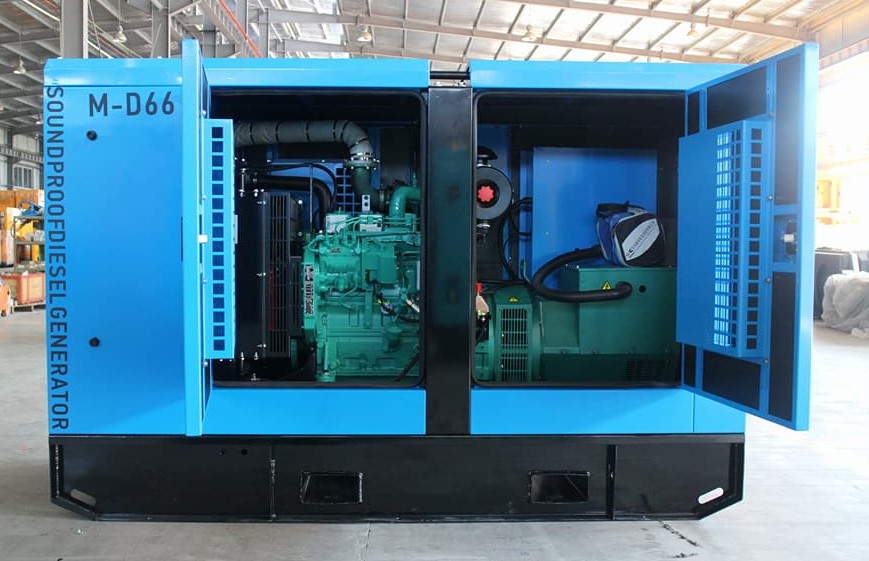Power Generator
Electrical generators are standalone machines that provide electricity when power from the local grid is unavailable. Industrial generators are often used to supply backup power to facilities, businesses, or homes during power outages but they can also be used as a primary power source in areas where a local electrical grid is unavailable or difficult to access such as mining and farming operations or even new developments and construction.

It’s possible to buy a generator for just about any need. Some electrical generators are small, portable devices that are used for camping or hobbies to provide small amounts of power for just a few devices. Others are permanent installations that can power an entire house. Industrial generators are even more powerful, capable of maintaining full power to manufacturing facilities, hospitals, and office complexes.
There are diesel generators, natural gas generators, propane generators, and bi-fuel generators. Below, we’ll take a look at how electrical generators work and what you need to know to install and maintain a generator.
How Do Generators Create Electricity?
Generators don’t actually create electricity. Instead, they convert mechanical or chemical energy into electrical energy. They do this by capturing the power of motion and turning it into electrical energy by forcing electrons from the external source through an electrical circuit. A generator is essentially an electrical motor working in reverse.
Some electrical generators, such as those at Hoover Dam, for example, are huge and provide enormous amounts of energy by transferring the power created by water turning turbines into electricity. Residential and commercial generators, however, are much smaller and rely on more traditional fuel sources like diesel, gas, and propane to create mechanical power that can then be forced into a circuit and induce an electrical current.
Once an electrical current has been established, it is directed through copper wires to power external machines, devices, or entire electrical systems.
Modern generators can be attributed to Michael Faraday’s principle of electromagnetic induction. Faraday discovered that when a conductor moves in a magnetic field, electrical charges could be created and directed to create a flow of current. At its most basic, an electrical generator is nothing more than an electromagnet – moving wire near a magnet to direct the flow of electricity. It’s similar to how a pump pushes water through a pipe.